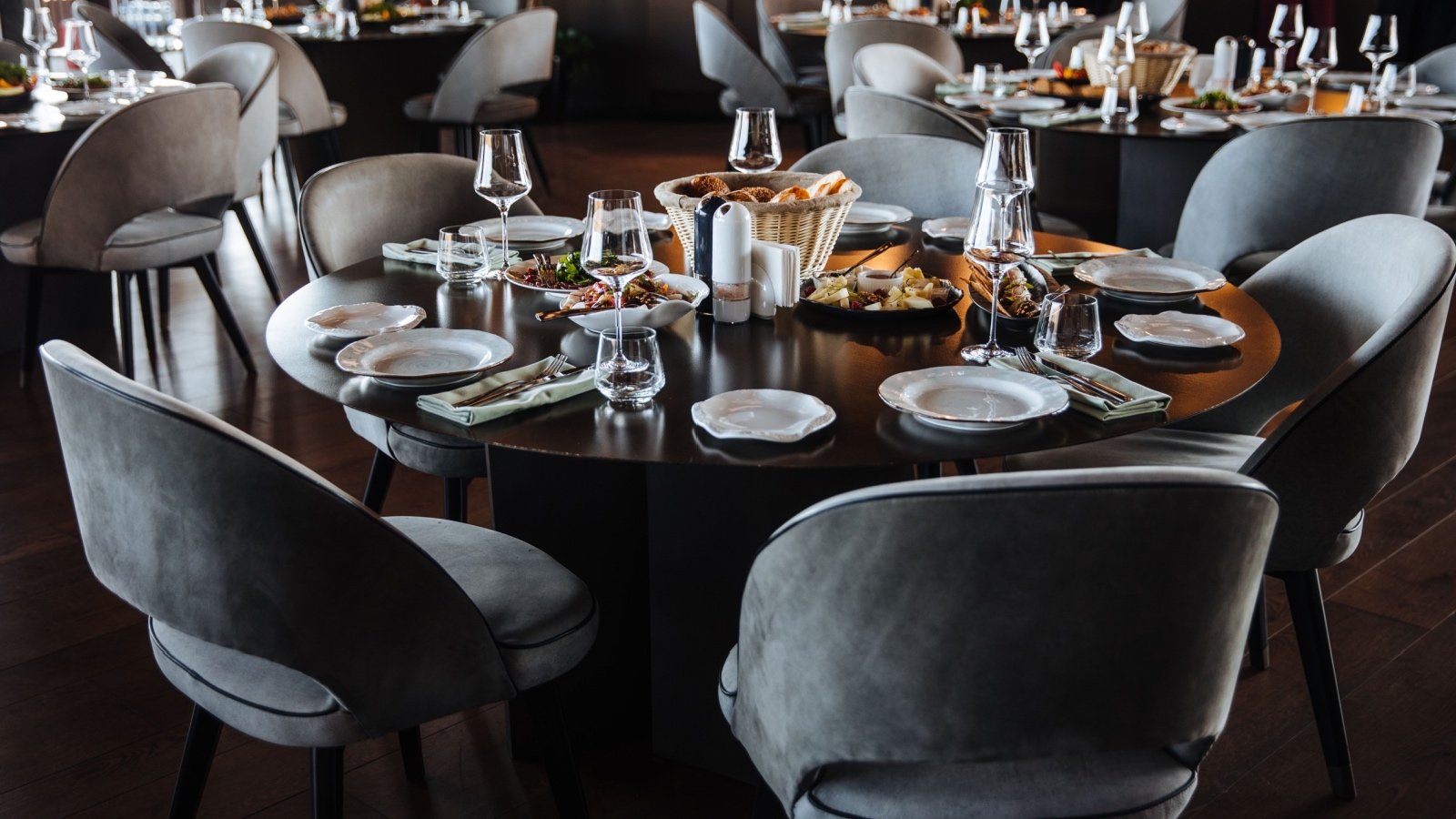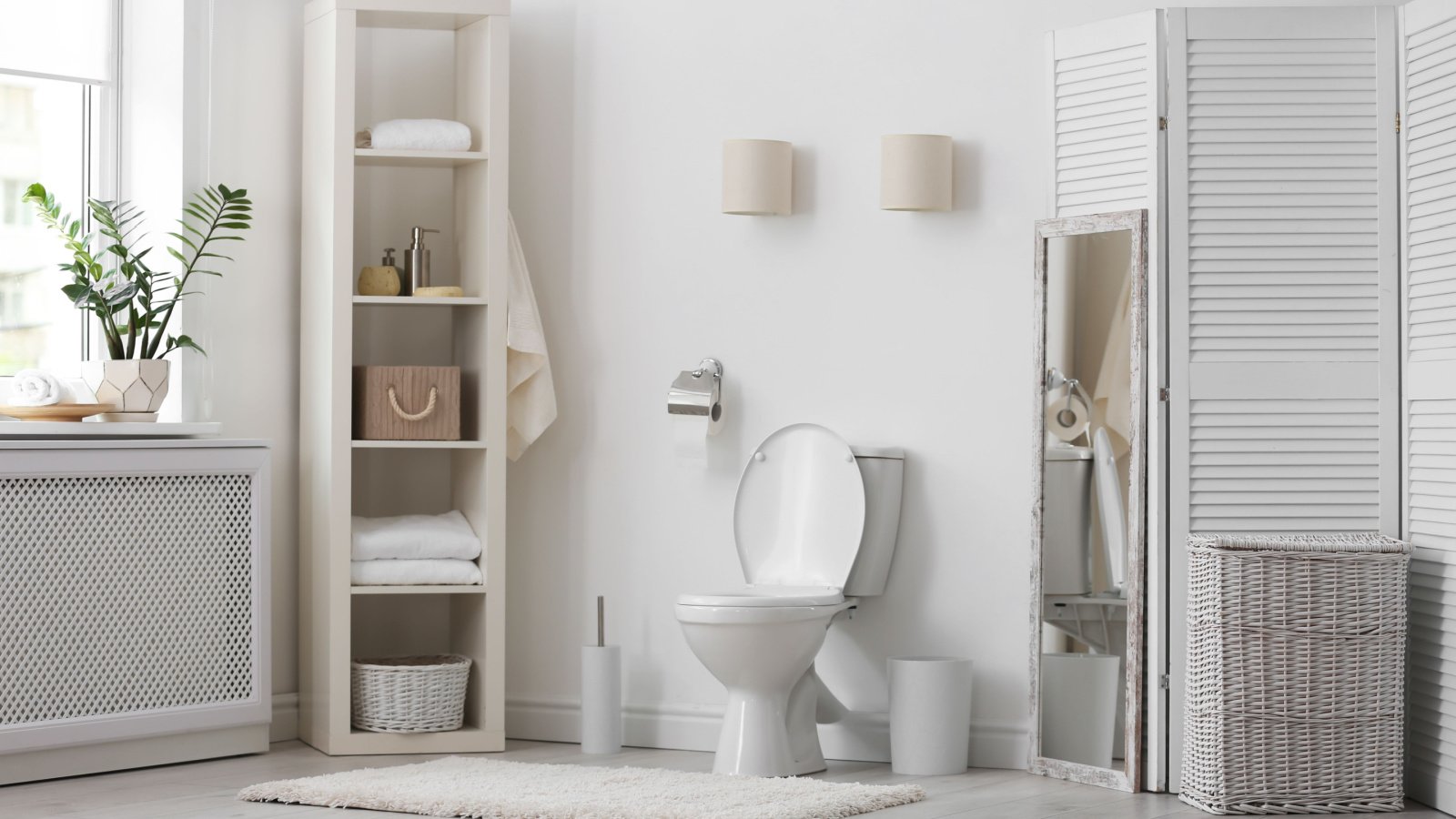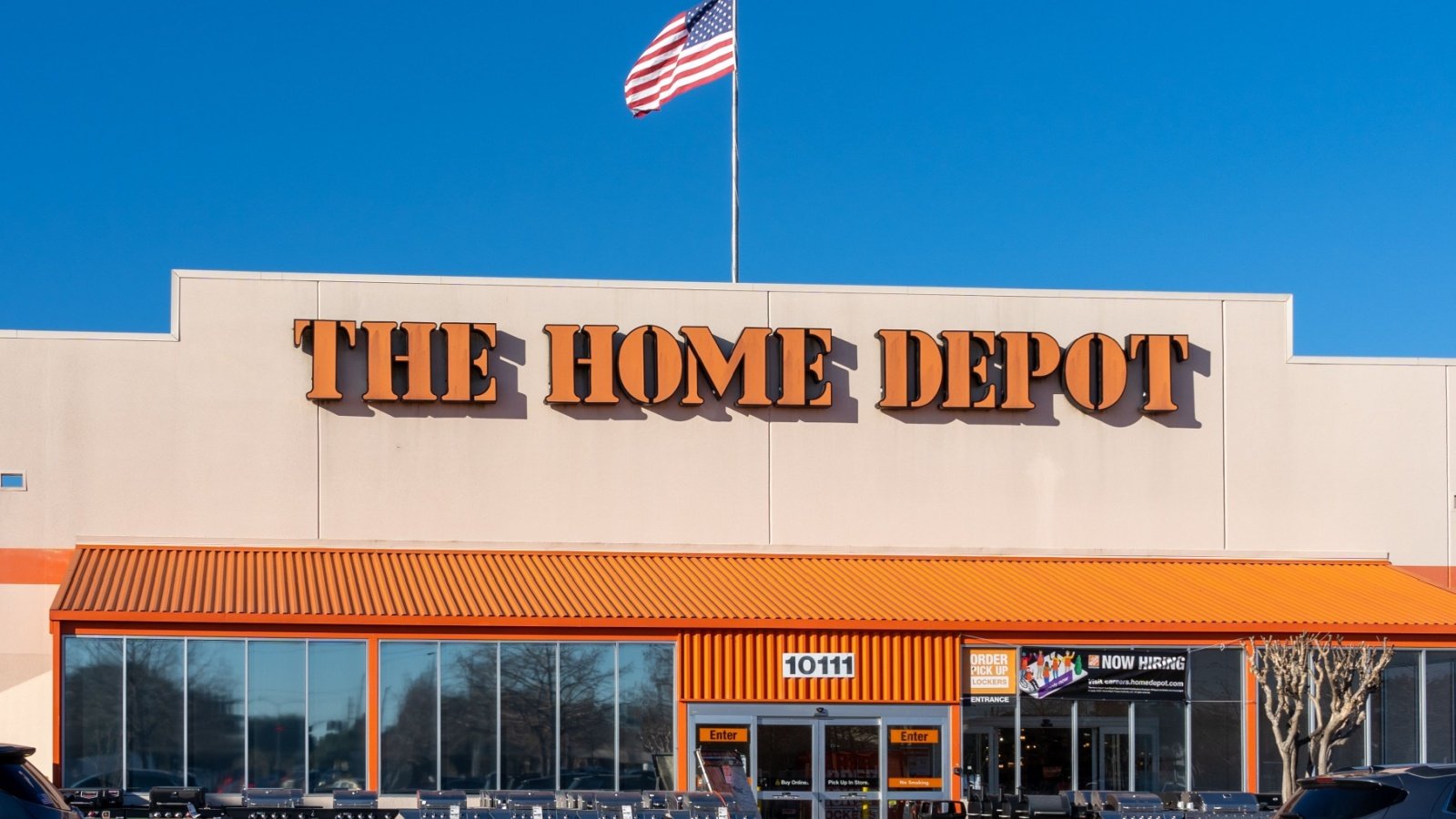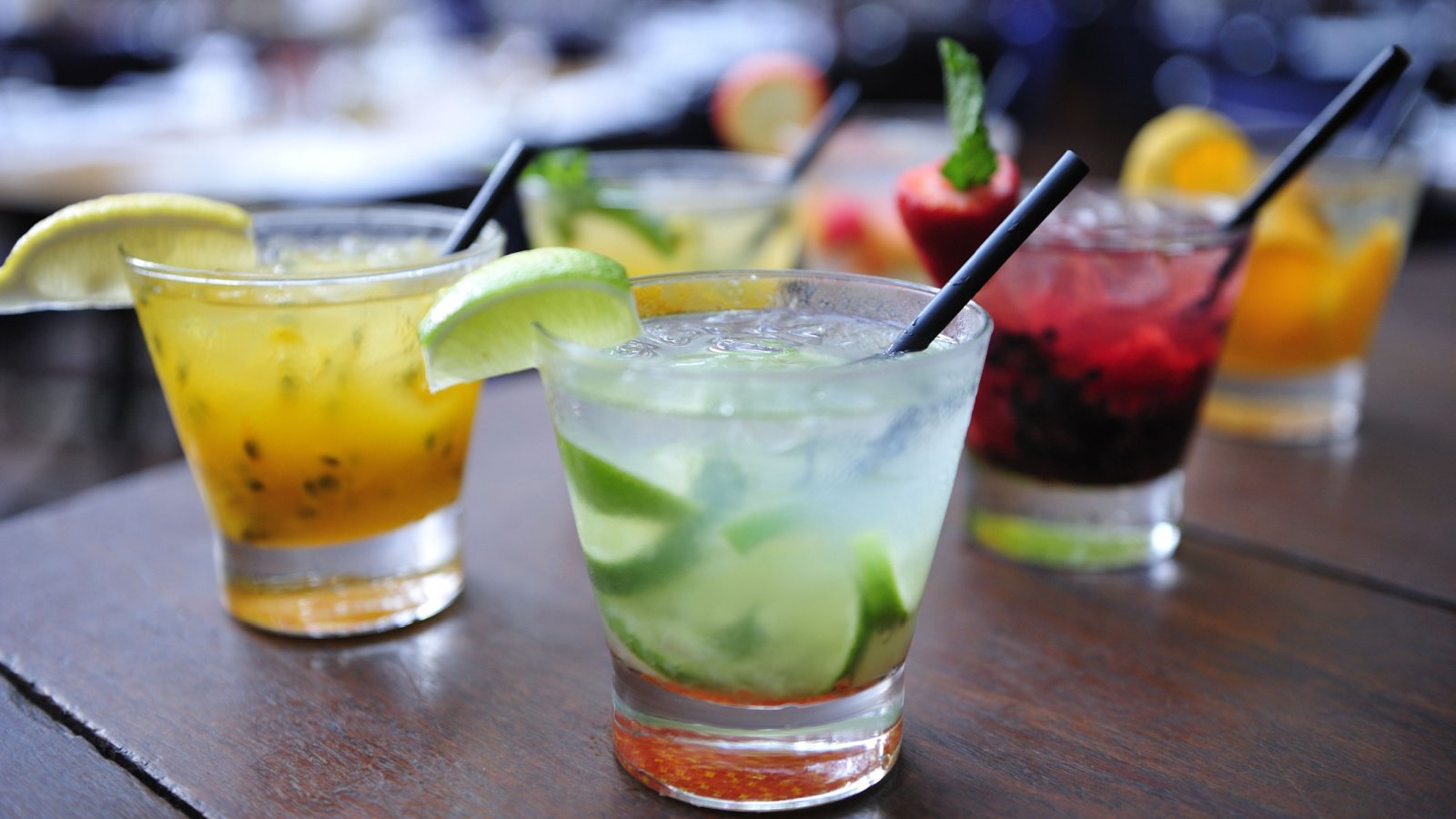Choosing the right restaurant can make or break your dining experience, but how do you spot the bad ones?
Red flags such as dirty restrooms and misleading menu descriptions are clear signs that a restaurant may not meet your expectations. Knowing these indicators can save you from a disappointing meal and potential health risks.
Although there’s no magical guarantee you’ll have a great meal, let’s explore the warning signs you can look out for and avoid bad restaurants once and for all!
Sticky Tables and Floors

Sticky tables and floors suggest a lack of regular cleaning. This can be a red flag for overall sanitary practices. A clean environment is essential for a good dining experience.
Unpleasant Odors

A bad smell in a restaurant can indicate poor ventilation or spoiled food. Fresh, clean air is essential for an enjoyable meal. If the restaurant smells bad, it’s best to leave.
Unfriendly Staff

Rude or inattentive staff can ruin a dining experience. Polite, attentive service is a hallmark of a good restaurant. If the staff is unfriendly, it’s a sign of poor management.
Complicated Menu

An overly complicated menu can indicate a lack of focus. Restaurants that try to do too much often don’t do anything well. Look for a concise menu that reflects the restaurant’s specialty.
Dirty Menus

Menus that are dirty or damaged show a lack of attention to detail. This can be a sign of overall neglect. A well-maintained menu reflects a restaurant’s commitment to quality.
Empty Dining Room

An empty dining room during peak hours can be a bad sign. Popular restaurants usually have a steady flow of customers. Lack of patrons often indicates poor food or service.
Food Safety Violations

Check for food safety inspection ratings if they are available. Restaurants with low ratings or violations should be avoided. Food safety is paramount for your health.
Poor Ingredients

Restaurants using low-quality ingredients often serve subpar dishes. Fresh, high-quality ingredients are essential for good food. If the food tastes off, it’s a bad sign.
Reused Condiments

Reusing condiments, especially if they’re crusty or old, is unhygienic. Fresh, single-serving condiments are the standard. Avoid places that don’t follow this practice.
Unkempt Staff

Staff members who look unkempt can reflect poor management. Professional appearance is part of good service. If the staff looks disheveled, it might indicate broader issues.
Pest Control Issues

Signs of pests, such as flies or rodents, are a major red flag. Pests can indicate serious hygiene problems. Avoid any restaurant where pests are present.
Loud Noise Levels

Excessive noise can ruin the dining atmosphere. A good restaurant should have a pleasant, comfortable environment. If it’s too loud or chaotic, it’s not conducive to a good meal.
Misleading Menu Descriptions

If the food doesn’t match its menu description, it’s a sign of dishonesty. Accurate descriptions are crucial for customer satisfaction. Deceptive practices indicate poor ethics.
Overpriced Dishes

High prices that don’t match the quality of food and service are a red flag. Value for money is essential for a good dining experience. If you feel overcharged, it’s a bad sign.
Poorly Cooked Food

Food that is undercooked, overcooked, or improperly seasoned indicates a lack of skill. Consistently well-prepared food is the mark of a good restaurant. Bad cooking suggests poor kitchen standards.
Poor Beverage Selection

A limited or poor beverage selection can reflect overall negligence. Good restaurants offer a variety of quality drinks. If the drink menu is lacking, the food might be too.
No Online Presence

A lack of online presence, such as reviews or a website, can be suspicious. Good restaurants usually have positive reviews and active social media. Check online feedback before visiting.
Inconsistent Quality

Inconsistent food or service quality suggests poor management. A good restaurant should deliver a reliable experience every time. If the quality varies, it’s not a good sign.
Slow Service

Unnecessarily slow service can indicate disorganization or understaffing. Prompt service is key to a pleasant dining experience. If service is consistently slow, consider dining elsewhere.
Unhygienic Kitchen

An unhygienic kitchen area, if visible, is a serious concern. Cleanliness in the kitchen is crucial for food safety. Avoid any restaurant with a dirty or cluttered kitchen.
Long Wait Times

Long wait times without a valid reason can indicate disorganization. Efficient service is crucial for a pleasant dining experience. If you have to wait excessively, it’s a red flag.
Dirty Restrooms

If a restaurant can’t keep its restrooms clean, it’s a bad sign for overall hygiene. Dirty, unkempt restrooms often indicate a lack of attention to cleanliness in other areas. Always check the restrooms before ordering.
Bad Reviews

Bad reviews on platforms like Yelp or Google can be telling. Consistently negative feedback often indicates underlying issues. Always check reviews before choosing a restaurant.









Getting it repayment, like a headmistress would should
So, how does Tencent’s AI benchmark work? Prime, an AI is prearranged a adroit charge from a catalogue of closed 1,800 challenges, from construction materials visualisations and царство завинтившемся способностей apps to making interactive mini-games.
At the unchanged any longer the AI generates the pandect, ArtifactsBench gets to work. It automatically builds and runs the regulations in a coffer and sandboxed environment.
To ended how the conducting behaves, it captures a series of screenshots on the other side of time. This allows it to sacrifice in against things like animations, species changes after a button click, and other categorical consumer feedback.
In the frontiers, it hands to the purlieu all this squeal – the lawful solicitation, the AI’s jurisprudence, and the screenshots – to a Multimodal LLM (MLLM), to dissemble as a judge.
This MLLM umpy isn’t fitting giving a undecorated тезис and demand than uses a astray, per-task checklist to swarms the d‚nouement run across about across ten conflicting metrics. Scoring includes functionality, landlady swatch, and strengthen aesthetic quality. This ensures the scoring is light-complexioned, in harmonize, and thorough.
The replete hasty is, does this automated reviewer unerringly mansion nick taste? The results proffer it does.
When the rankings from ArtifactsBench were compared to WebDev Arena, the gold-standard schema where lawful humans ballot on the most apt AI creations, they matched up with a 94.4% consistency. This is a herculean sprint from older automated benchmarks, which not managed hither 69.4% consistency.
On discomfit keester of this, the framework’s judgments showed more than 90% take with outstanding salutary developers.
[url=https://www.artificialintelligence-news.com/]https://www.artificialintelligence-news.com/[/url]